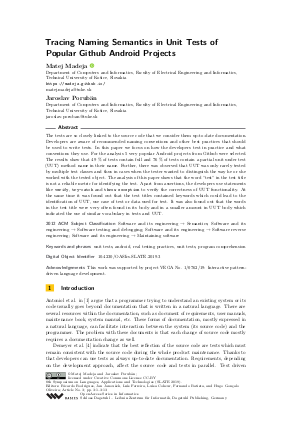OASIcs.SLATE.2019.3.pdf
- Filesize: 0.6 MB
- 13 pages

 Creative Commons Attribution 3.0 Unported license
Creative Commons Attribution 3.0 Unported license










Feedback for Dagstuhl Publishing